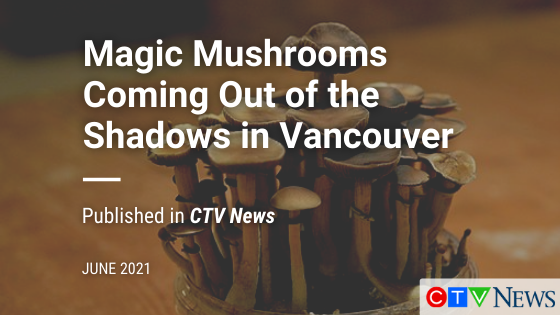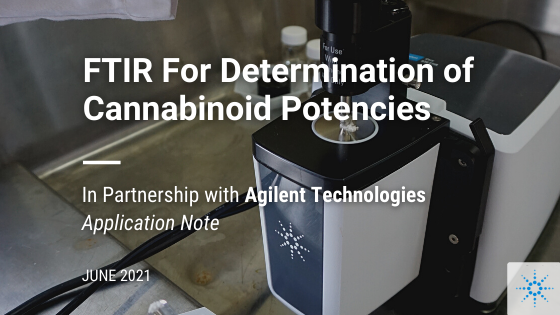5 Best Practices for Extraction Laboratory Safety

From employee protection to adhering to widely recognized manufacturing standards, follow these tips to ensure a safe working environment for your employees and your business.
Cannabis extraction has a dark history of burned-down apartment buildings, exploded cabins, toxic byproducts in extracts, and oils of questionable quality. With a maturing industry that is stepping out of the shadows and into regulatory oversight, many of those dangers will be mitigated through rules and regulations, but a large burden still lies with the extraction operator.
Operators have reduced the risk of commercial cannabis extractors burning down due to compliance and the use of proven extraction practices, but that doesn’t mean one can be lackadaisical. Ignoring extraction safety can lead to the laboratory literally exploding, making you legally liable for staff injuries and potentially dooming your professional cannabis career.
Here are five tips to help ensure that no security measure is forgotten.
1. Protect Staff
With the focus on producing great extracts, it is often overlooked that the most important aspect of laboratory safety is workers’ safety. For the cannabis industry, specific hazards to consider are the extraction solvent and cannabis material.
The explosion of butane laboratories is well publicized, and closed-loop BHO extractors mitigate the risk. Even CO2 poses dangers, as it can displace a room’s breathable oxygen. Therefore, ensure that CO2 levels stay below 3,000 ppm. As the extraction staff works with dried milled material, protect them with particle masks, safety goggles and coveralls.
2. Protect Instruments
Extraction instruments are sophisticated machines that are the foundation of a company’s success. They need to be well maintained, both to ensure their uninterrupted use and their operational safety. Follow the manufacturer’s advice regarding cleaning and maintenance. Focus on valves, connections and seals that can wear out over time and start leaking solvent and extract. Also, the pump is your economic engine, make sure it does not slow down or break.
While these efforts might be painstaking in the short term, keeping your machines running at optimal performance is the more profitable, and safer, approach.
3. Protect Starting Material
As the extraction process will extract and concentrate not only cannabinoids and terpenes, but also contaminants like pesticides, it is important to ensure the quality of the starting material. Conduct regular quality control (QC) checks on received material. Whenever pesticides make it into the extraction instrument, removing residues may become a monumental effort.
Furthermore, the wrong storage condition for the starting material can lead to cannabinoid degradation, terpene loss and mold growth. Implement a just-in-time material supply to reduce storage time.
4. Protect Product
Many factors can influence extract quality. Check that your final product is within the expected parameters on cannabinoid concentration to validate the production process. Continue the regular QC checks to avoid missing any unexpected pesticide contaminations.
It is often best to perform internal QC tests so that you know the results of the final compliant test beforehand, either by investing into your own testing instruments, or collaborating with a third-party lab for R&D samples.
5. Plan and Follow Acronyms
Workers’ and production safety are not new. There have been well-practiced standards across every other industry, and those structures can quickly be adopted to address the current needs of the fledgling cannabis field. Hazard Analysis Critical Control Point (HACCP) plans are a good starting point to ensure the safety of every aspect in production. These plans can eventually evolve to a full Current Good Manufacturing Practice (cGMP) implementation.
Whatever protocols are adopted, make sure they are written and adhered to. Even consider hiring a dedicated QC person for your operation.





